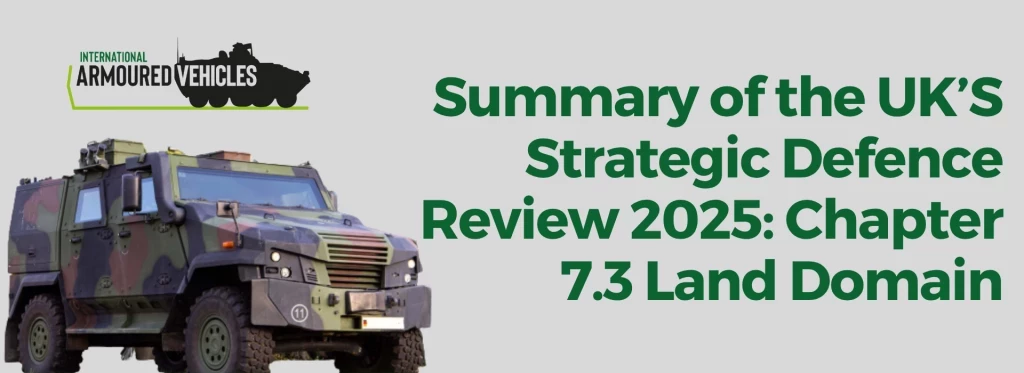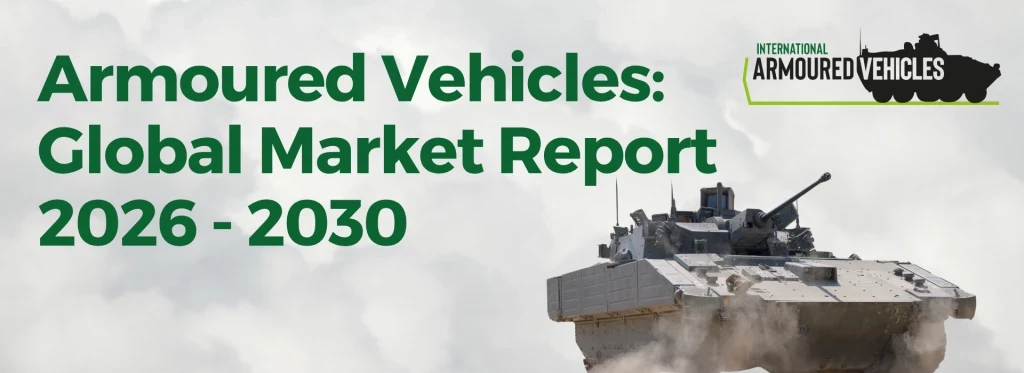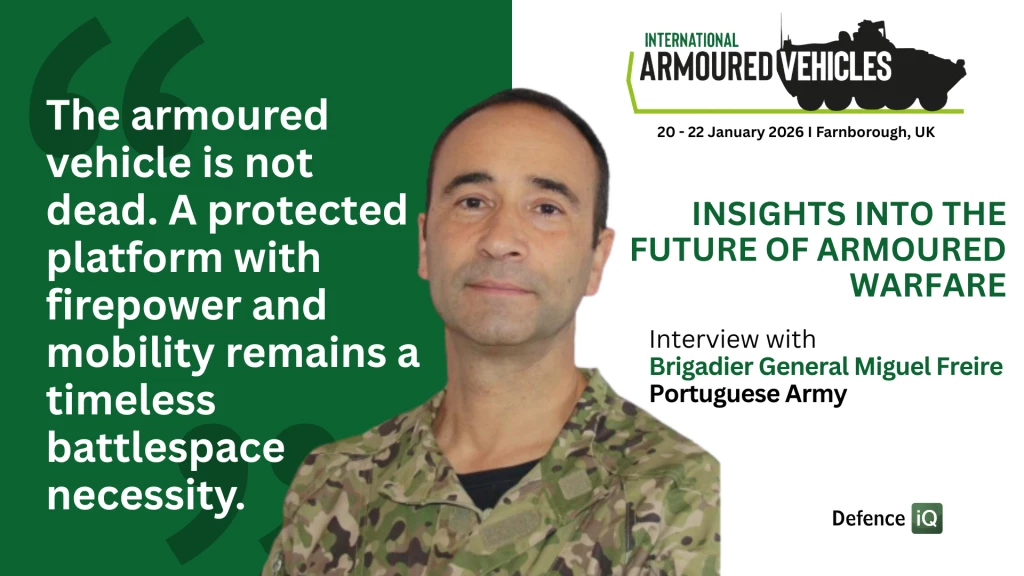Robotics and autonomy: The disruptive force for armoured vehicles
Commanders can dictate the terms of the first man engagement with a threat, greatly reducing the risk to ground forces
Add bookmarkHow can autonomy increase the operational effectiveness of ground vehicles?
The usefulness of robotics and automation has already been demonstrated in the commercial and civilian sector, with technologies such as AI-driven cars forecasted to hit roads in the coming years. However, the civilian sector benefits from more data-rich environments, fewer constraints (such as armour and armaments) and conversely, fewer expenses.
Nonetheless, the organisation of future army formations will feature autonomous robotic platforms that can deliver solutions that are too dangerous for current formations. A chief attribute it can bring to the ground force is risk reduction, as commanders can dictate the terms of the first man engagement with a threat.
"Commanders can dictate the terms of the first man engagement with a threat"
This will be especially valuable for conducting combat operations of the future, such as subterranean combat and operations in the confines of megacities and dense urban environments, where small hallways, lack of cover, and lack of navigation options will greatly increase the risk for infantry units. A federated constellation of sensors working together to rapidly develop an enemy common operating picture is a core requirement and stands to greatly enhance force capabilities.
Undergound training. Source: US Army
In addition to battle management, robotics and automation will also offer more solutions in tackling last mile distribution. The final leg of the supply chain is where the most dangerous hazards become more frequent, such as difficult terrain and enemy fire. Lastly, another role in which autonomous systems and remote systems can excel in is explosive device clearing and frontline engineering.
RECOMMENDED: How is armoured vehicle survivability changing?
Is robotics the next big challenge for ground forces?
Operational robotics is closer than many think. The major challenge at the moment is producing a level of autonomy that is value-added and can significantly reduce the cognitive burden of the operator, according to Major Cory Wallace, Robotic Combat Vehicle Lead, Next Generation Combat Vehicle Cross-Functional Team
"Robotics and automation will also offer more solutions in tackling last mile distribution"
Other challenges that need to be tackled include assured control. "One issue is the tether for assured control. We know we’re going to have to be able to pipe data, but we also know it has to be anti-jamming and resilient in a seeming denied environment," says Major Wallace. Indeed, the data requirements and physical requirements for operating a substantial number of unmanned vehicles have yet to be addressed.
RECOMMENDED: Are main battle tanks obsolete? The view from Latin America
"We know how far we would like them to be, but we don’t know if it’s in the realm of the possible yet, because it’s a very intricate physics problem." In the context of non-line of sight operations, platforms will have to contend with the terrain, vegetation, and distance - all of which can play a huge factor in latency.
Unpredictable terrain is a particularly difficult issue. The land domain has to contend with hard ground, soft ground, sand, bog, water, and trenches and more. In consideration of the future of air combat and the use of "autonomous wingmen", there are far fewer obstacles in the air domain to consider. Ensuring that autonomous vehicles can follow their human counterparts in an operational environment will be a huge challenge.
Difficult terrain. Source US Army
Why autonomy and robotics is paramount
Deputy Director, Robotic Requirments, Maneuver Center of Excellence Maciuba, explains: “Robotics stem from a realisation that we need to provide better capabilities for our soldiers. We are looking toward the future assessing army operational concepts and army functional concepts for movements and manoeuvre with the end goal being significant overmatch in comparison to our adversaries.”
"In the context of non-line of sight operations, platforms will have to contend with the terrain, vegetation, and distance - all of which can play a huge factor in latency"
Based on work in the defence sector and commercial sectors, such as self-driving, artificial intelligence-driven data analysis, decision support and customer service – the question industry needs to answer is how do we take those science and technology initiatives and integrate them into defence formations?
The process of creating a more effective ground force that is ten times more effective is not just a case of applying thicker armour or more deadly weaponry to armoured vehicles. The next leap is robotics.
With a constellation of ground and air robotics to provide lethality, protection and mobility, ground units will gain a level of situational awareness that is not possible with current equipment and formations.
RECOMMENDED: Future trends in armoured vehicle lethality
“We are looking for solutions that take the capabilities we have right now, either in those dismounted or mounted formations, and we’re looking to distribute those capabilities to robotic forces.
“What we need from industry is the ability to give us technology in the near mid and far term to get there. This won’t happen in the next year, but we want the industry to propose the technology that fills these capabilities," says Maciuba.
Subterranean combat
Last year, the US Army announced it was investing $572 million into training and equipping 26 of its 31 active combat brigades to fight in large-scale subterranean facilities that exist beneath dense urban areas around the world.
It is of great importance to be able to produce capabilities that have applicability in this context. One of the greatest challenges of subterranean warfare is communication and a breakdown in the network. One way connectivity can be improved is with autonomous systems that provide solutions for mapping, sensing and providing soldiers with added situational awareness in a subterranean environment.
RECOMMENDED: Armoured vehicle mobility: Strike brigades and future trends
However, it isn't just urban environments where robots can help ground forces. This kind of technology also applies to megacities, close quarters combat, close and complex terrain, and even open rolling terrain.
“Right now, a dismounted platoon can control 500 metres of terrain and a mounted platoon can control up to 2000 metres of terrain. Robotics can provide an increase in capability to 5000 metres of terrain for a dismounted platoon and 20,000 metres for a mounted platoon,” says Maciuba.
"The US Army announced it was investing $572 million into training and equipping 26 of its 31 active combat brigades to fight in large-scale subterranean facilities"
The US is currently sharing requirements with domestic and vetted industry to shape the future so we can have affordable solutions and reach that goal of increased capability.
RECOMMENDED: Maintaining NATO overmatch: Modernising armoured vehicles
One of those initiatives is the Cross Domain Challenge. What the military is looking for with this scheme is non-traditional technology that may have a military function and to come up with solutions and actionable technology to help formations be more effective.






















